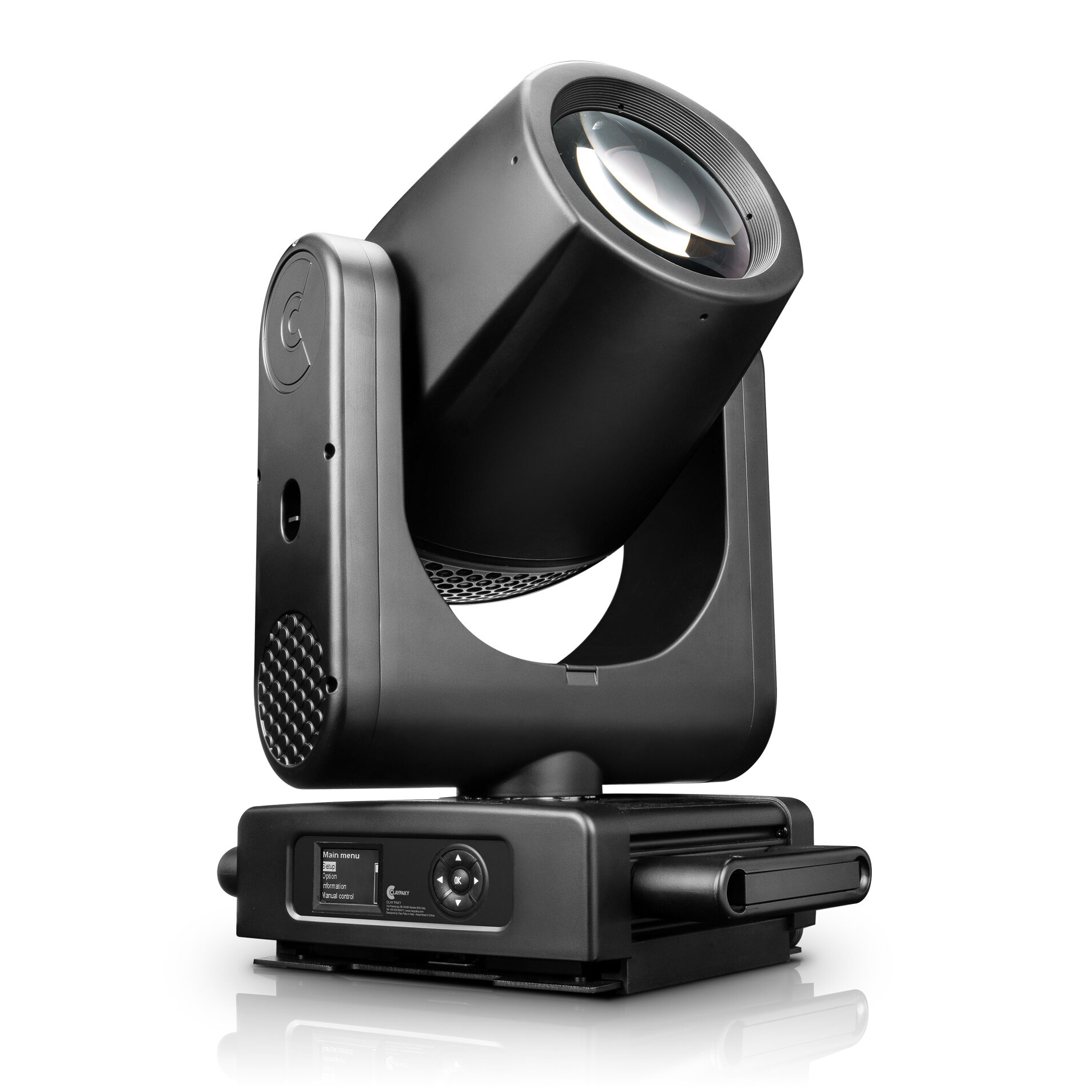RC4’s new firmware v4.071 / 2.71.3.0 for all RC4 Wireless Series 3 Harmonized Design Devices is now available, for the company’s RC4 Magic Series 3 (2.4GHz and 900MHz), LumenDimfor CRMX and WDIMfor WDMX. Referred to as v71, it supercedes previously released v19 and v50. The company also announced additional pixel string support for RC4Magic DMXpix, pictured here.
More details from RC4 (www.theatrewireless.com):
One of the innovative features in all RC4 Series 3 products is the ability to CodeLoad new firmware into existing devices to add new features and capabilities, avoiding obsolescence and adding versatility. RC4 is pleased to announce new firmware v4.071 / 2.71.3.0 for all RC4 Wireless Series 3 Harmonized Design Devices Including RC4 Magic Series 3(2.4GHz and 900MHz), LumenDimfor CRMX, and WDIMfor WDMX. Referred to as v71, it’s a big leap forward from previously released v19 and v50. Existing customers and users can update their devices using the RC4 Wireless CodeLoader cable (http://tinyurl.com/zj48q9p):
The v71 update includes the following improvements:
RC4Magic Series 3 DMXio Auto Mode:If a transmitter is already present on your system ID, it will automatically become a receiver. If no other transmitter is running on your ID and DMX is present at the XLR input, it will automatically become a transmitter. This also means it will automatically connect with your RC4Magic configuration dongle if it’s active when the DMXio powers on. Other systems on the market offer auto mode, but only RC4Magic strictly observes system ID privacy, ensuring no other user in transmitter mode, auto or manually set, can ever interfere with your system.
For all RC4 Series 3 Dimmers:We’ve added several new dimmer curves: Raw 16bit control using two DMX channels for each dimmer; XFade mode for LED colortemperature control; bidirectional motor control using a single DMX channel (centeroff); and more. Of course, you still get all the curves we’ve had from day one, including linear, ISL, nondim, inverted curves, and hobby servo control clockwise and counterclockwise.
RC4 OneTouch is now even more intuitive:When you select a DMX channel and curve for the first dimmer, the remaining dimmers fall in line sequentially with the same curve. You can still set the other dimmers as you like, after you set the first one. Now, a single touch of a single button configures not just one dimmer output, it configures the entire device for almost everything you’ll ever need it to do.
And you can now select PWM frequencies with just the buttons on the dimmers no need for PC configuration software or an RDM controller. It’s quick and easy to select 615Hz (beautifully smooth to the human eye), 5kHz (artifactfree video), 10kHz, or 20kHz (flickerfree video slowmotion, and interference free near audio devices).
Additional pixel string support for RC4Magic DMXpix. We’ve added new pixelstring types, just like we promised: MY9231 and DMX. MY9231
strings provide high frequency PWM with 16bit dimming for supersmooth fades and no video artifacts. And some pixel strings on the market can be controlled directly with DMX now you can use them with RC4 Custom Pixel Profiles to reduce the number of channels needed for great looking visual effects.
These updates are, and always will be, free to RC4 users. Just like the RC4Magic Lifetime Warranty,we are dedicated to longterm support of our products and the customers who invest in them.



